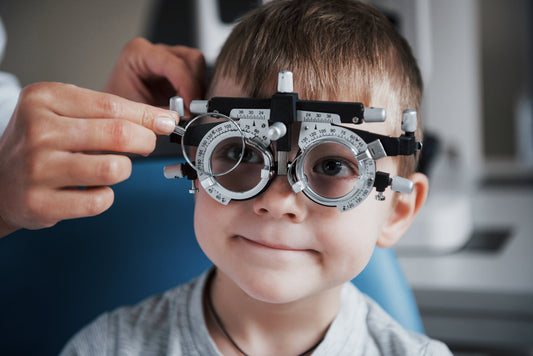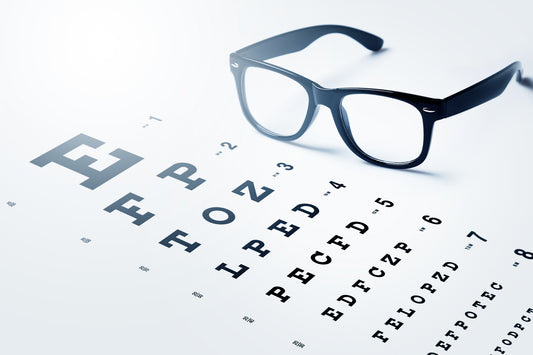Amblyopia, or "lazy eye," is a vision disorder where one eye fails to achieve normal visual acuity due to poor coordination between the eye and the brain. It typically develops in early childhood when the visual system is still maturing.
‘Early detection of amblyopia is vital for effective treatment,’ says optometrist Peter Larsen, ‘and the younger the child, the more adaptive the visual system, making treatment more successful.’
In Australia children under the age of 7 are most susceptible to amblyopia so it pays to have your child’s eyes tested regularly at a young age. Your optometrist will check for the condition when performing a comprehensive eye examination that is used to assess all elements of a child’s vision and eye health.
Who is Most Susceptible
Children under the age of 7 are most susceptible to amblyopia, particularly those with:
- Strabismus (eye misalignment)
- Significant differences in refractive errors between eyes (anisometropia)
- Visual deprivation from cataracts or ptosis (drooping eyelid)
Early Detection:
- Routine Vision Screenings: Essential for newborns, at 6 months, 3 years, and before starting school.
- Visual Acuity Tests: Using eye charts appropriate for the child's age.
- Cover Test: Checking for eye movement when one eye is covered.
- Refraction Tests: Identifying refractive errors using lenses.
Slowing Progress:
- Corrective Lenses: Glasses or contacts to address refractive errors.
- Patching: Covering the stronger eye to force the brain to use the weaker eye.
- Atropine Drops: Blurring vision in the stronger eye to encourage use of the weaker eye.
- Vision Therapy: Exercises to enhance eye coordination and focusing abilities.
Peter Larsen concludes: ‘treatment for amblyopia is most effective when started during the critical period of visual development in childhood. Regular screenings and prompt treatment can prevent permanent vision loss, ensuring better visual outcomes for affected children.’
Readers can book an eye examination for their child here.




